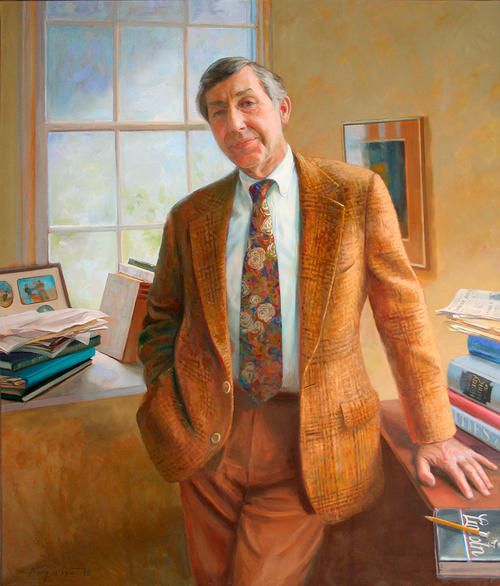Francis Sheldon Hackney
President (1981-1993)
Born 1933 in Birmingham, Alabama
Died in 2013 on Martha's Vineyard, Massachusetts
B.A., Vanderbilt University
M.A., Yale University, 1955
Ph.D., Yale University, 1963
Hon. LL.D., University of Pennsylvania, 1966
- Assistant Professor, Princeton University, 1965-1969
- Associate Professor, Princeton University, 1969-1972
- Professor and Provost, Princeton University, 1972-1975
- President, Tulane University, 1975-1980
- Author, From Populism to Progressivism in Alabama, 1969
- Professor of History, University of Pennsylvania, 1981-2013
- Chairman, National Endowment for the Humanities, 1993-1997
- President Emeritus, University of Pennsylvania, 1999-2013

University history during the Hackney administration
1982 |
The Wharton School's Steinberg Hall-Dietrich Hall completed and occupied. |
1983 |
"Choosing Penn's Future" was formally adopted as the strategic plan of the Hackney administration. It established a framework of four priorities and three "special challenges" for the decade that followed. The priorities were: |
1985 |
Michael S. Brown (B.A. 1962; M.D. 1966) awarded the Nobel Prize in Medicine |
1986 |
Seeley G. Mudd Biological Sciences Building completed and occupied. |
1987 |
3401 Walnut Street building completed and occupied. |
1989 |
Campaign for Penn launched. |
Penn Presidents
Biographical sketches of Penn Presidents (including Interim Presidents) and historically significant aspects of University history during each administration.